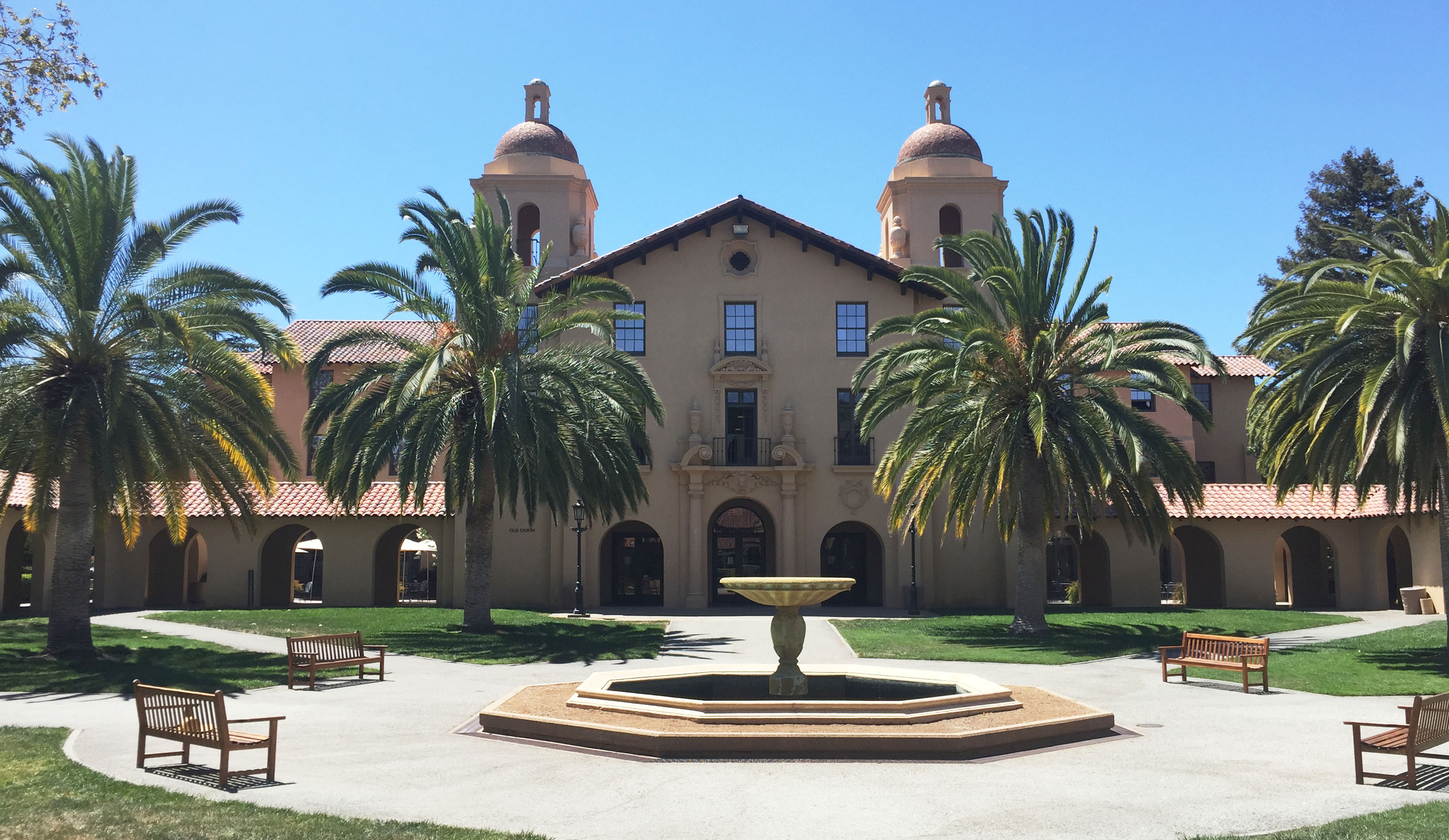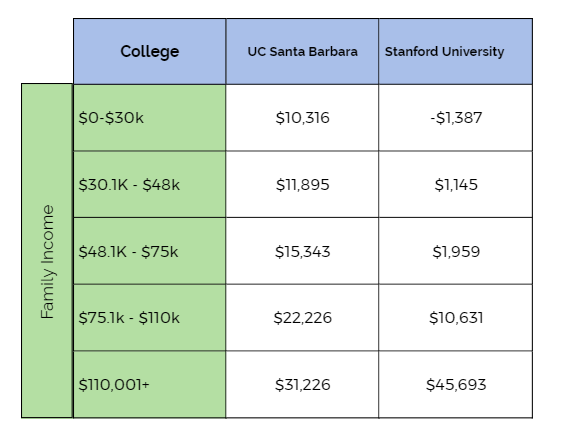ESM Welcomes College MatchPoint to the Team! Learn More

It’s no secret that colleges are expensive, but how does the price compare when looking at public vs. private colleges? The latter have a reputation for being pricey, and it’s intuitive to think of private as expensive (hello private high schools, we’re looking at you).
But if you’ve ever gone car shopping, you’re well aware that the number on the window, the “sticker price,” isn’t even close to the whole picture. Tuition is the sticker price, but that’s just the beginning of the story.
Looking at “net price”
The fact of the matter is most students attending any university don’t pay full tuition. Through a mix of scholarships, grants, and work-study, colleges subsidize the cost of tuition for students based on financial factors (need based) or academic factors (merit based). We’ll call the discounted cost the “net price.”
Private colleges often offer extensive and generous institutional scholarship packages or merit aid that drastically reduce the cost of attendance for most students. Conversely, large state schools generally only award a few scholarships each year, and most students pay close to full price.
This means that the net price of private colleges—or how much it actually costs an individual to attend a college—is often much closer to, or even less than the sticker price at public schools. In fact, private colleges award on average ten times as much money in grant aid than public colleges, according to Trends in College Pricing 2019 published by the College Board.
To get an idea of just how little the sticker price tells you, let’s look at Stanford University as an example of a private school and University of California, Santa Barbara, a public school.

Source: National Center for Educational Statistics. This is the most recent data available as of January 2021
For families that make under $110,000 a year, the net cost—or true cost—of attending Stanford is far less than the net cost of attending UC Santa Barbara.
This is a cherry picked example, and therefore not representative, but it’s also not all that rare.
According to the latest available data, for families making under $110k a year:
Clearly, sticker price doesn’t tell the whole story, and making assumptions about the cost of private versus public schools could needlessly limit your search!
Determining the real cost
If tuition isn’t a reliable indicator, how can families make decisions about where to apply?
A valuable tool is the Expected Family Contribution (EFC) calculator that every school is federally mandated to provide. While there are generic EFC calculators, every school has their own methodology. Some schools weight merit higher, while others award aid based on need. For that reason, we recommend using each school’s EFC over a generic EFC.
Cost is just one factor of many that you’ll consider during your college search, but it’s one with lasting effects. By not limiting your options, you have the best chance of success finding your right-fit school.
Key takeaways